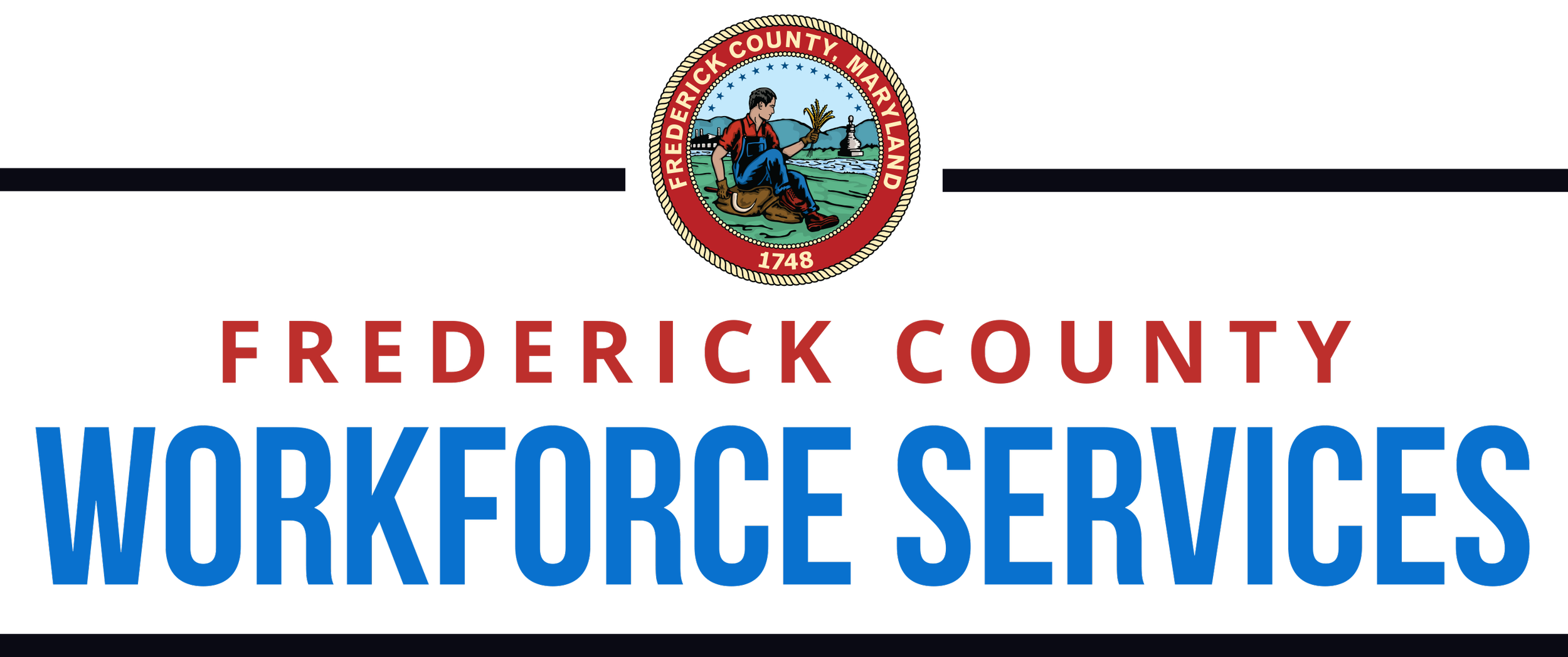The Next Phase: 5 Ways for Leaders to Stay Resilient
If you are in a leadership role, there’s no doubt the past few months have been exceptionally challenging. We understand that it hasn’t been easy. We understand how hard you have been working to keep it all together and balance so many demands - many of which are new.
Drastic change within your organization brought on by the public health crisis added a few more things to your already full plate, whether your business closed its doors or moved to virtual operations almost overnight. Many of you had the unpleasant task of letting good employees go, have had to be accessible at all hours to troubleshoot and solve issues, and/or had to stand in front of your staff (often without the benefit of seeing their faces in person) lacking answers to so many unknowns. Your bravery has not gone unnoticed.
We know that the safety and well-being of your employees during a pandemic and a humanitarian emergency has kept you up at night. We know that you have been balancing risk management and compliance issues, managing productivity and employee wellness, re-engineering processes and procedures, and probably a multitude of other things. We also know that you likely had fears and challenges of your own in your personal life.
We see you! You’re doing a fantastic job!
As we pivot again into the next phase of whatever the future is planning to bring, you’ll play a key role in getting your organization and our economy back on track. Here are a few things to keep doing to stay resilient and effective as a leader.
1: Communicate
Leading right now requires really strong communication skills. You’re not expected to have all of the answers and it’s ok to say “I don’t know.” There are a few things that you can do to keep moving in the right direction.
Be clear on priorities for yourself, your team, and your organization. Be intentional about setting goals and use verbal and written communication to ensure that everyone knows how they can best contribute.
Communicate frequently. Touch base with your team often for check-ins and updates using technology tools that can help facilitate collaboration like Teams, Zoom, and Slack. Schedule time for the “water-cooler” conversations that you may be missing while working remotely. Many of us are missing the connections with our friends and colleagues.
Listen effectively. Now more than ever, active listening is one of your most valuable tools. Look for opportunities to learn about other perspectives and encourage input.
This infographic offers 5 ways to overcome communication barriers while working remotely.
“Leading right now requires really strong communication skills. You’re not expected to have all of the answers and it’s ok to say ‘I don’t know.’ ”
2: Foster Trust
According to this article from the Association for Talent Development, employees who feel trusted are 76% more engaged and report having 106% more energy for work.
If your team has transitioned to working remotely, you are learning about the dynamics of managing a virtual team. The urge to control more can be pretty strong, but micromanaging may actually slow down productivity. You can build trust by increasing autonomy within your team. Empower your staff by providing clear direction and ensuring that they have what they need to be successful. Build accountability for work products and not “time in seat.” It’s highly likely that teleworking is here to stay.
If your doors are open again, understand that many people have fears and concerns about coming back to work. Some may not have childcare, or they may have vulnerable family members at home. Build trust by showing your employees that there are steps in place to ensure a healthy and safe environment. Visit our recent blog post: Returning to Work: Covid-19 Transition Planning for more information and resources to help as you reopen your business safely.
3: Lead with compassion
“We’re all in this together” has been rallying cry during the pandemic and it’s a good model for effective leadership. The year 2020 has delivered unprecedented challenges for just about every member of our society. Simply stated, compassion has become essential. For more on compassionate leadership, watch this clip from CBS this morning to hear Brené Brown discuss her thoughts on vulnerability and courage in leadership.
4: Schedule and structure
You are likely getting pulled in different directions and managing multiple priorities. Flexibility requires more organization. Use your calendar to manage your time and keep track of progress towards goals and objectives. Plan ahead and block times on your calendar to focus on particular tasks without distraction. Respect your planning and turn off email notifications and phone/text accessibility when possible to reduce distractions.
5: Care for yourself
Everyone is looking to you for support and guidance and it’s easy to forget about your own needs. It’s exceptionally important right now to keep yourself well to prevent burnout. Self-care may look different for everyone and what works for one may not work for all. Figure out what works for you and plan to implement self-care practices in your routine. Recognize that this has been an especially difficult time to be a leader, be compassionate with yourself so that you can be there for your organization and employees.
Here’s a quick video on the importance of self-care as a leader.
We see you. We support you. Give yourself some credit, you deserve it!
Additional resources:
https://www.uaex.edu/business-communities/leadership/default.aspx
https://www.kingsfund.org.uk/blog/2020/03/covid-19-crisis-compassionate-leadership


